We may earn money or products from the companies mentioned in this post. This means if you click on the link and purchase the item, I will receive a small commission at no extra cost to you ... you're just helping re-supply our family's travel fund.
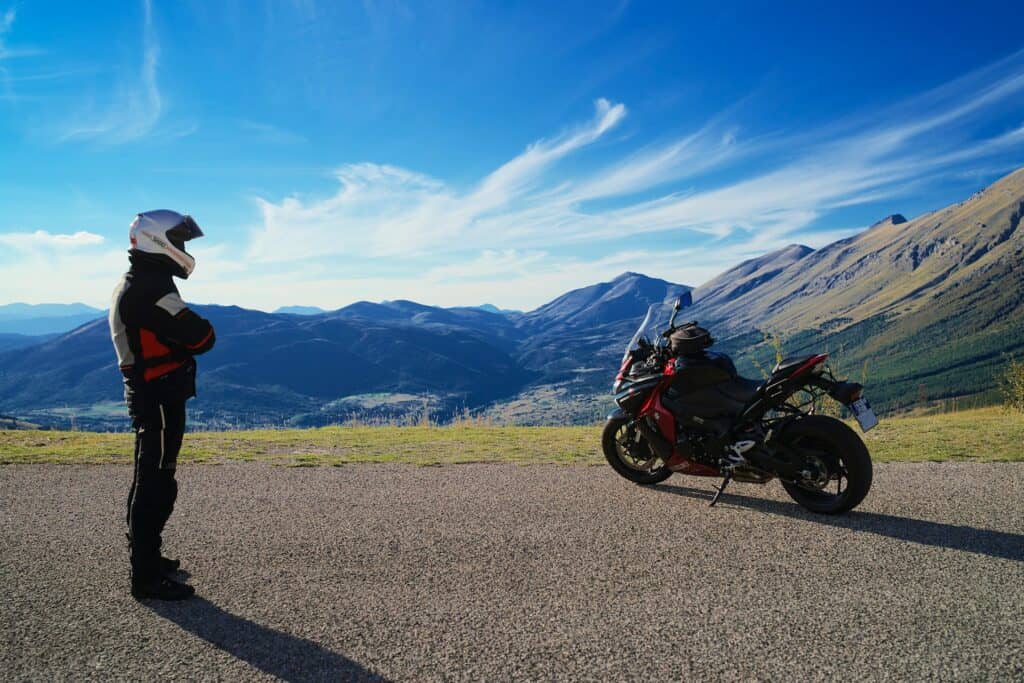
Adventure riding looks simple from a screen. Then gravel loosens underfoot, the bike feels taller than memory, and small choices start to matter. Early miles are where habits form, for better or worse. Smart riders keep ego in check, learn the craft, and give the machine room to teach. What this really means is patience, preparation, and a steady throttle turn shaky first trips into clean, repeatable days. These eight mistakes show where early trouble hides and how sound judgment keeps momentum.
Starting On A Bike That’s Too Big
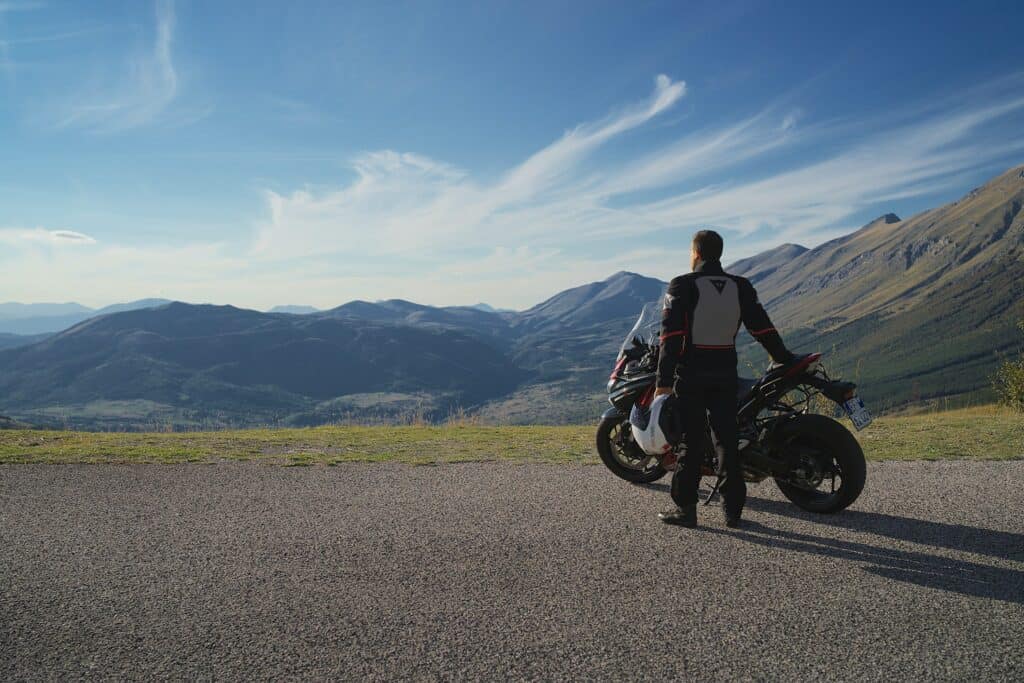
A tall, heavy machine feels heroic in a showroom and punishing at the first rocky climb. Extra weight multiplies in slow turns, off-camber stops, and sand, stacking tip-overs that drain energy and confidence. A friendlier seat height, moderate power, and lighter curb weight let beginners focus on clutch control, balance, and line choice. Confidence builds when both feet can dab and the motor responds smoothly. Progress builds, and the day ends with pride instead of bruised shins and bent levers.
Packing High And Heavy
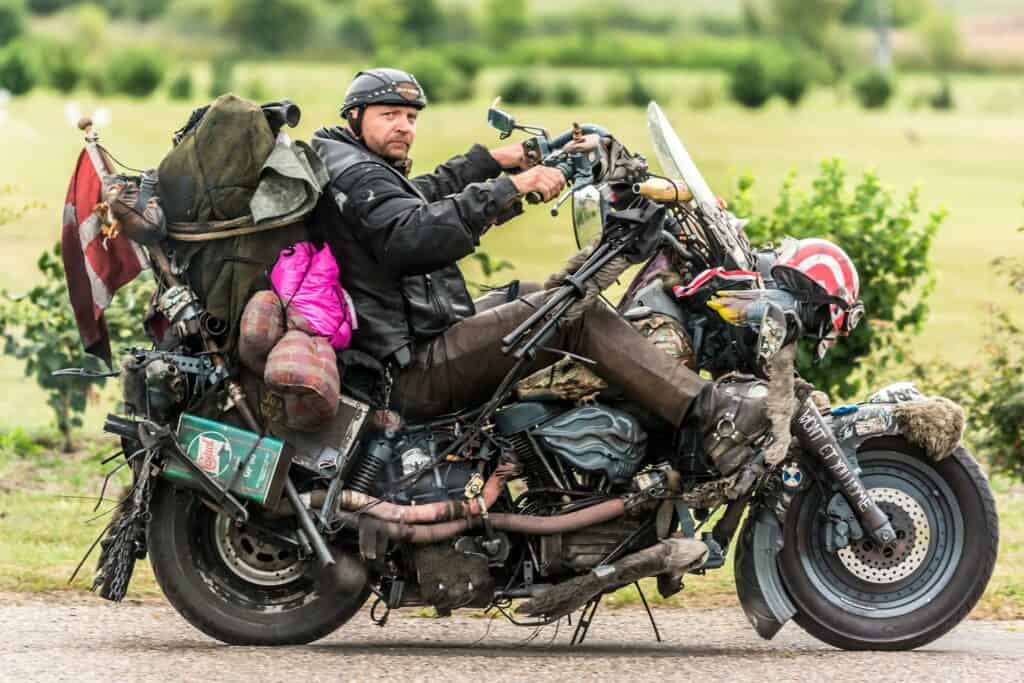
Overstuffed panniers and a tall duffel raise the center of gravity, making the bike weave on pavement and wobble in ruts. The fix is simple: pack less, pack lower, and keep the densest items close to the seat. Tools, water, and food earn space; duplicates do not. Soft luggage often saves weight and shrugs off naps better than hard boxes. Balanced weight turns washboards into steady lines, keeps the front planted for steering, and leaves room for essentials.
Ignoring Tire Choice And Pressure
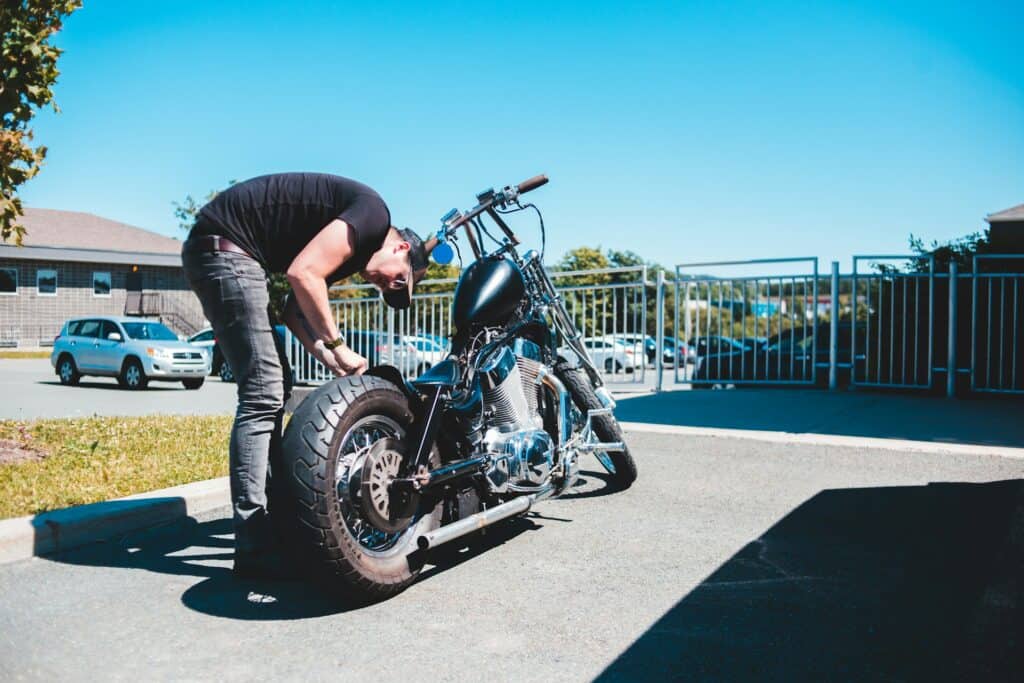
Street-biased tires skate on marbles; open blocks bite. Pressure multiplies the difference. Too high and the tire skips; too low and rims risk dents. A sensible 50/50 tread, checked cold each morning and adjusted for load and surface, delivers honest grip. A compact pump and accurate gauge earn their keep when gravel turns to sand. Knowing tubes versus tubeless, and carrying plugs, patches, and levers, turns a breakdown into a roadside fix and a good story.
Skipping Skills Training And Body Position
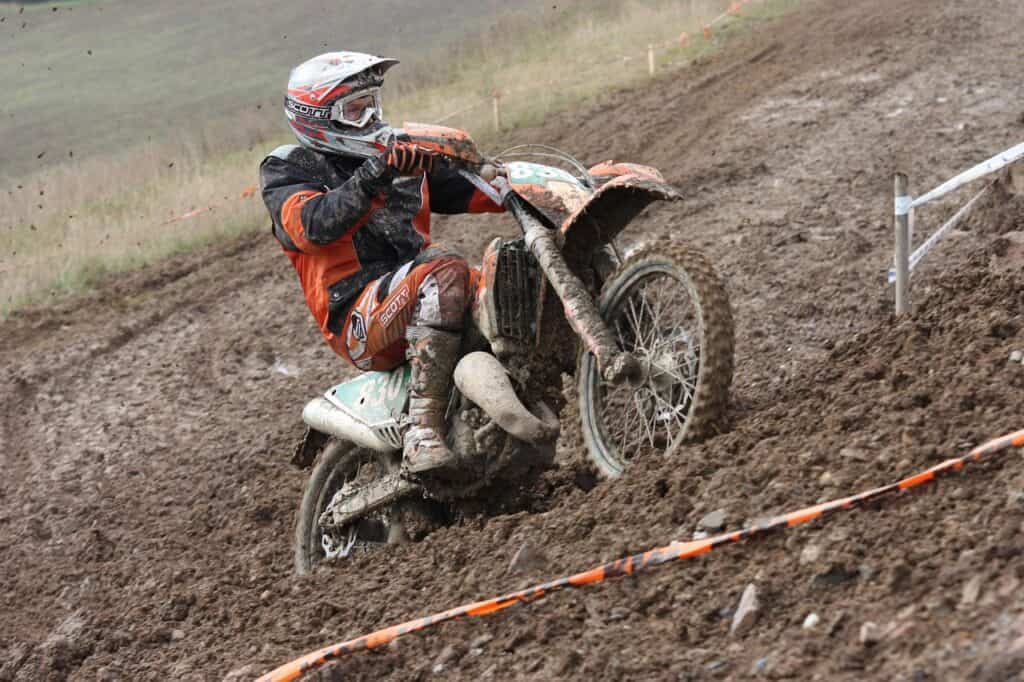
Muscle memory beats bravado. Standing on the pegs with light hands, bent knees, and eyes up steadies the chassis while the rear brake and clutch meter speed. Slow-speed figure eights, hill starts, and tight U-turns build balance for narrow trails and deep ruts. A day with a reputable coach compresses months of guessing, cleaning up habits like death-grip steering and seated downhill braking. Practice quiets nerves, lets traction speak, and makes rough sections flow.
Braking Like It’s Fresh Asphalt
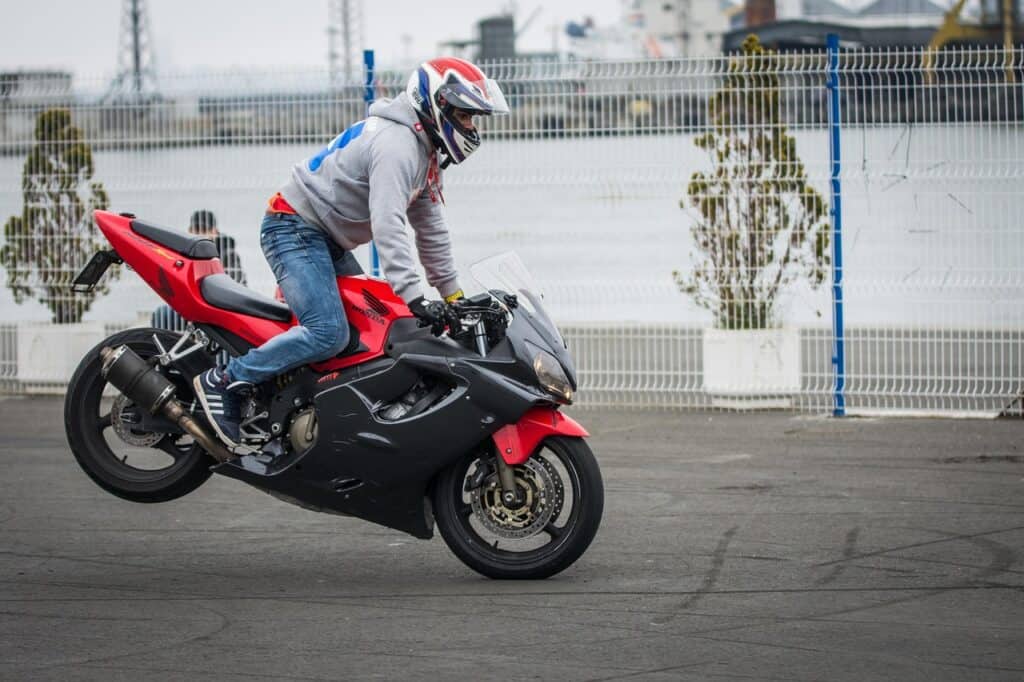
Grabbing a handful of front brake on gravel invites a washout. Better is a firm, progressive squeeze paired with rear brake to settle the chassis, eyes tracking the exit. ABS and traction settings help only when understood and chosen for the surface; off-road modes or reduced intervention often shorten stops and improve control. Smooth inputs keep knobs engaged and carry lines through loose corners. Calm technique beats luck when the surface changes without warning.
Neglecting Suspension And Controls Setup
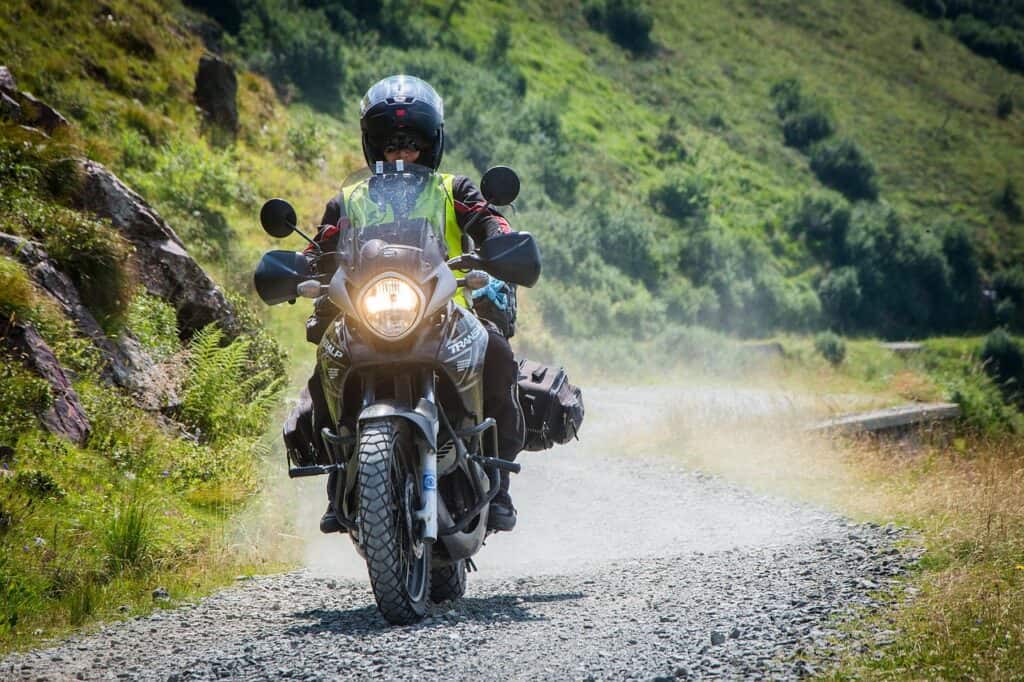
Stock settings suit a short street demo, not a loaded weekend on mixed terrain. Sag, preload, and rebound should match rider, luggage, and pace so the bike rides mid-stroke, not wallowing or topping out. Levers set for seated riding strain wrists when standing; rotating them slightly downward improves feel. Bar position, peg height, and brake pedal adjustment deserve the same attention. An unhurried hour with basic tools transforms handling, trims fatigue, and keeps tires working as designed.
Weak Route, Fuel, And Daylight Planning
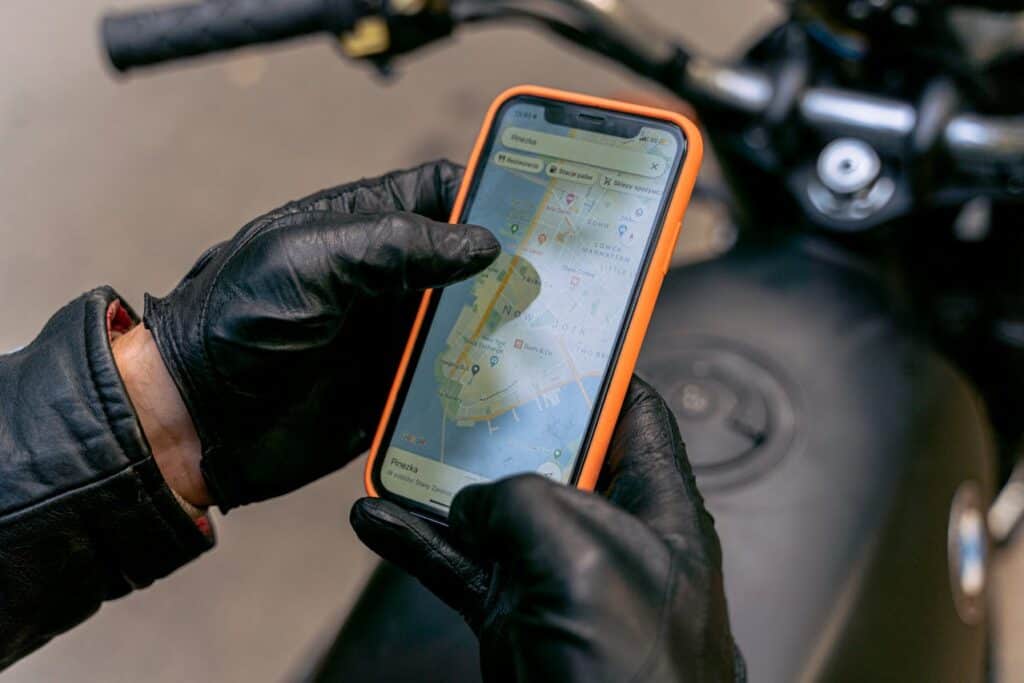
Maps look short until the surface changes. Range shrinks in sand, climbs eat time, and small towns may close pumps early. Offline navigation, a weather check, and honest daylight math keep goals realistic. A spare liter of fuel, a water filter, and a simple contingency route turn surprises into delays, not failures. Permits, gates, and seasonal closures matter; so do creek levels after rain. The right plan leaves space for pauses, photos, and the encounters that make a day memorable.
Skipping Safety, Tools, And Comms
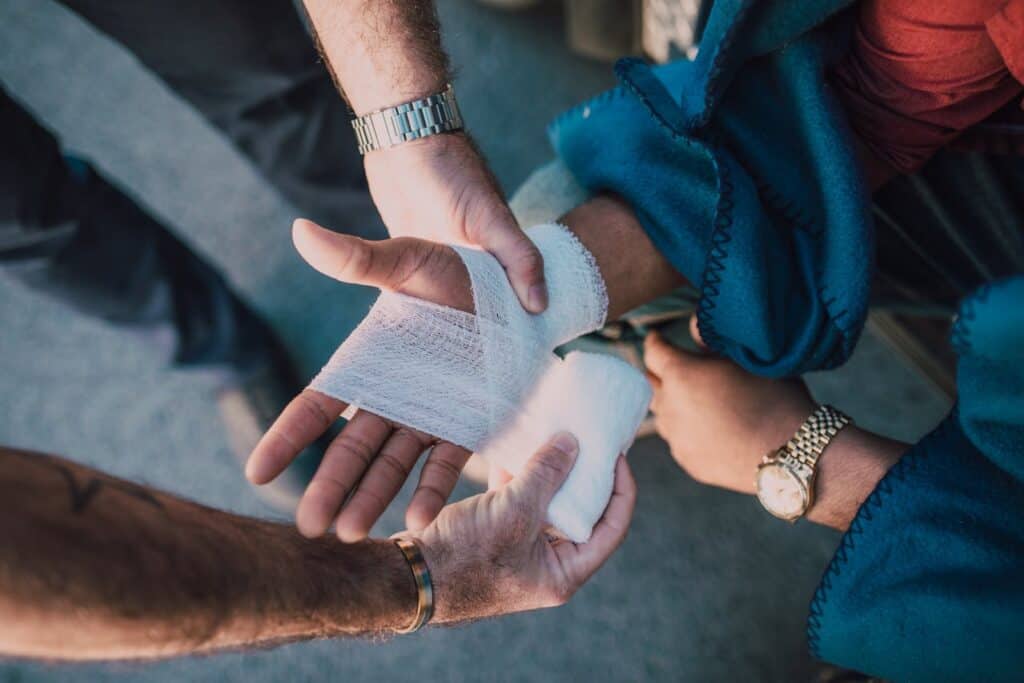
A compact first-aid kit, tire plugs or tubes, mini pump, and a tight tool roll solve most trailside problems. Add a headlamp, space blanket, tape, and electrolytes, and small setbacks stay small. Cell coverage fails often; a satellite messenger or PLB turns emergencies into coordinates, not guesses. Friends appreciate a clear ride plan and check-in time. The payoff is confidence that does not lean on luck, and a mindset that treats risk with respect, not bravado